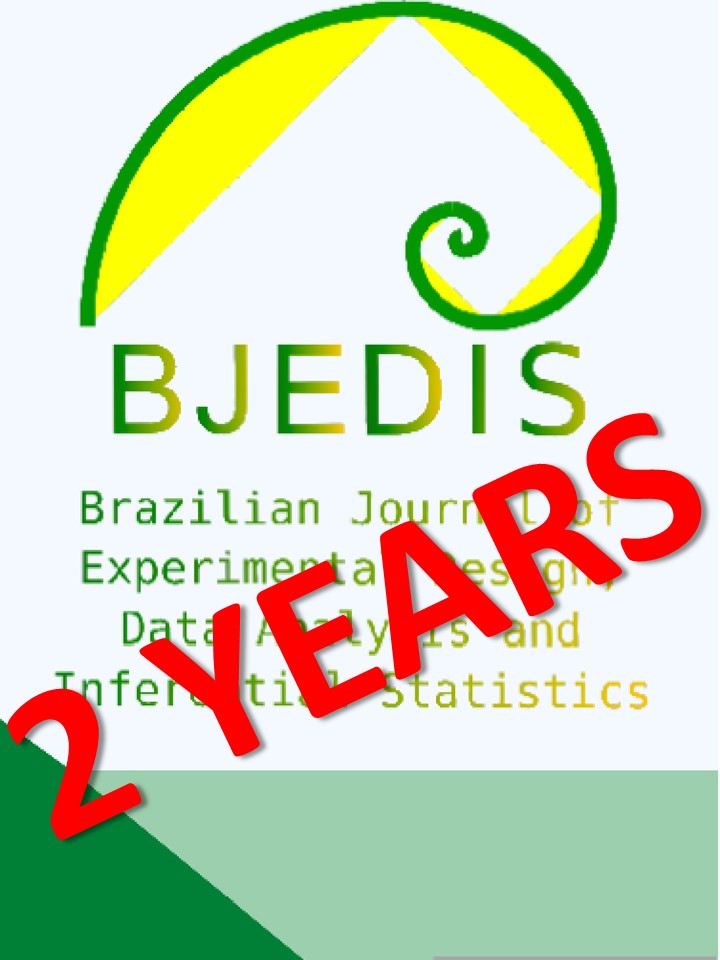Comparative Analysis of Sibutramine Concentration Determination
Gravimetric Methods vs. FTIR RMSE Technique in Pharmaceutical Compositions
DOI:
https://doi.org/10.55747/bjedis.v1i1.62207Abstract
This paper underscores the practical implications of employing FTIR RMSE analysis in pharmaceutical research. It highlights the method's rapid and non-destructive nature for quantifying drug concentration in complex formulations, emphasizing its significance in pharmaceutical quality assurance. The study advocates for integrating FTIR RMSE with conventional gravimetric and volumetric methods to enhance the analytical toolkit for pharmaceutical compound analysis. Furthermore, it elucidates the potential of FTIR RMSE in expediting analytical processes and improving estimation accuracy. The paper accentuates the synergy between classical gravimetric techniques and modern spectroscopic methods, providing valuable insights into pharmaceutical compound analysis within heterogeneous formulations. In terms of contributions, this paper advances analytical methods in pharmaceutical research by comprehensively exploring traditional gravimetric/volumetric techniques alongside Fourier Transform Infrared Spectroscopy (FTIR) coupled with Root Mean Square Error (RMSE) analysis. It assesses their effectiveness in determining drug concentrations, mainly focusing on sibutramine quantification, a complex active pharmaceutical ingredient. The results indicate a strong correlation (R² = 0.987) between the two methodologies, with FTIR RMSE consistently yielding slightly higher results due to its sensitivity to molecular structural fluctuations and component interactions. In conclusion, this study advocates for integrating FTIR RMSE into pharmaceutical research practices. It emphasizes the need for calibration and refinement of this technique to further enhance estimation accuracy and analytical precision. It underscores the pivotal role of advanced analytical methods in various applications, including pharmaceutical and biomedical fields.
Downloads
Downloads
Published
Issue
Section
License
Copyright (c) 2023 Brazilian Journal of Experimental Design, Data Analysis and Inferential Statistics

This work is licensed under a Creative Commons Attribution 4.0 International License.
AUTHORS’ DECLARATION AND COPYRIGHT TRANSFER AGREEMENT
The undersigned authors hereby declare that the submitted manuscript is an original work and has not been previously published or submitted, in whole or in part, to any other journal. The authors further commit not to submit this work to any other journal while it is under consideration by BJEDIS.
We affirm that the manuscript is free from plagiarism, and we accept full responsibility for any allegations of academic misconduct that may arise.
By submitting this manuscript, the authors irrevocably transfer all copyrights of the work—including, without limitation, the rights of reproduction, distribution, translation, and public communication in any form or medium—to BJEDIS. Any breach of this agreement may result in legal action in accordance with the Brazilian Copyright Law (Law No. 9.610 of February 19, 1998).
The authors also declare that there are no conflicts of interest related to this work. All sources of financial support have been properly acknowledged in the funding section of the manuscript.



